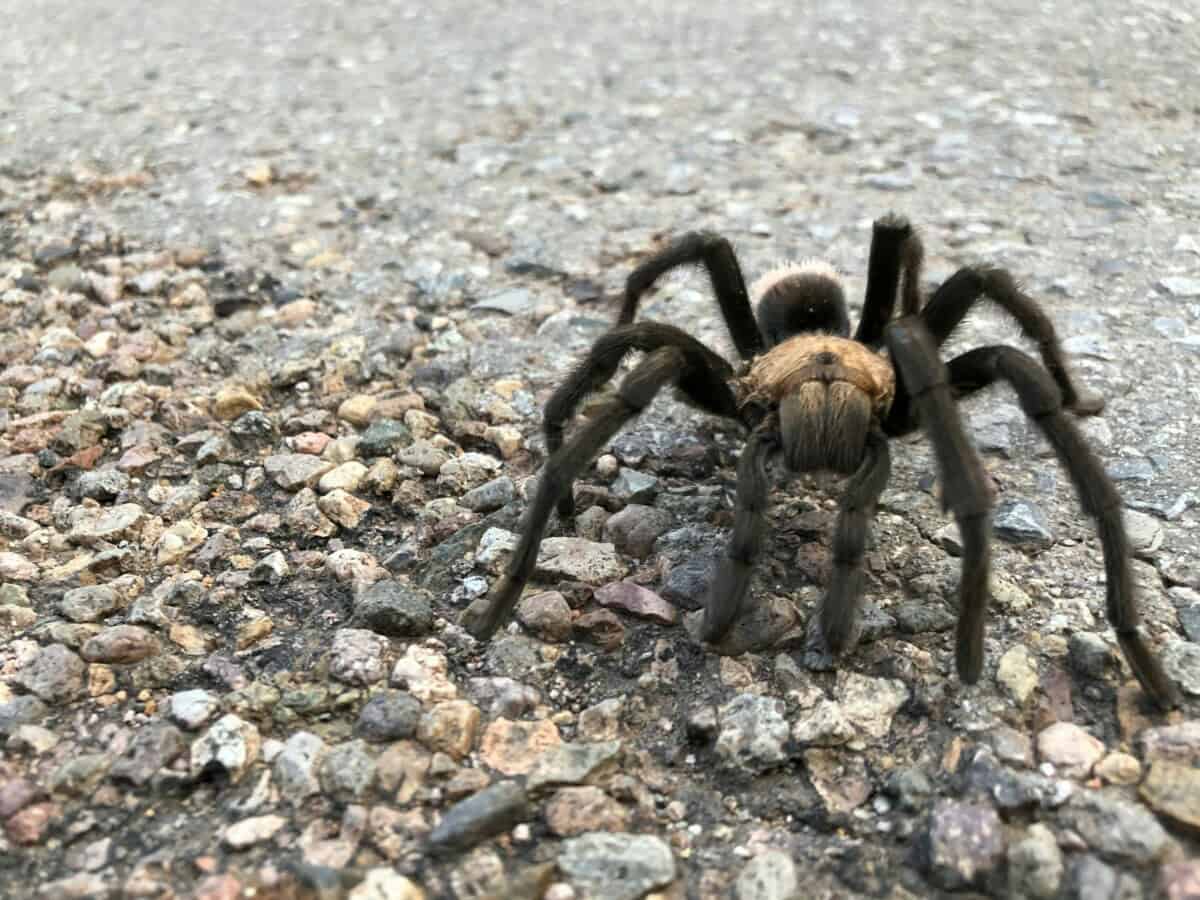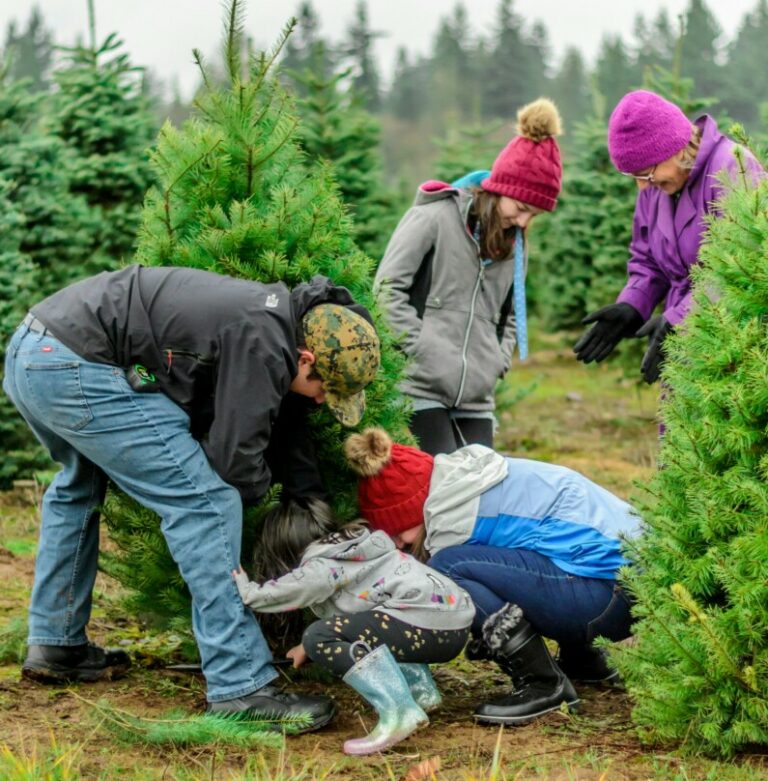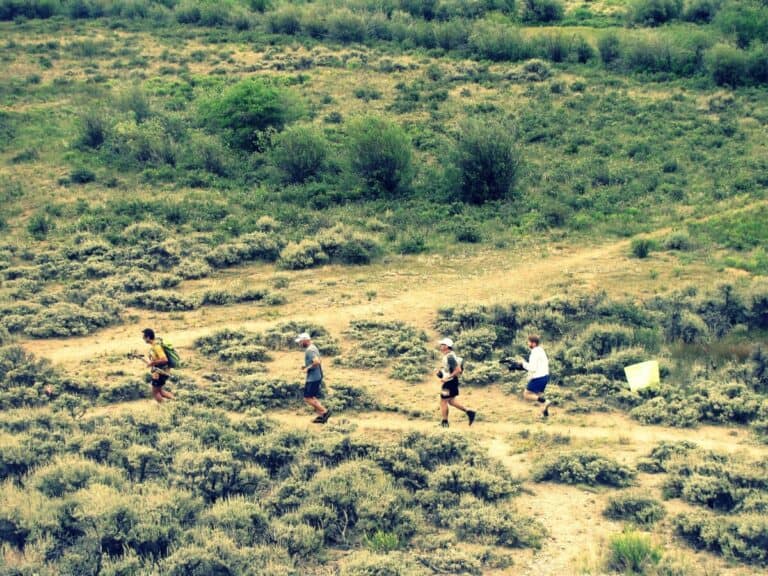When is the Colorado Tarantula Migration?

Each fall, the Colorado tarantula migration transforms the grasslands of southeastern Colorado into a stage for one of nature’s most surprising events. Thousands of male tarantulas emerge from their burrows and roam the prairie in search of mates.
These are the Oklahoma brown tarantulas, large, furry, and surprisingly common across the region, making their seasonal trek one of Colorado’s most unique wildlife events. While it looks like a mass relocation, this migration is actually a seasonal mating ritual, offering a rare chance to witness one of Colorado’s most memorable wildlife displays.
What Is the Colorado Tarantula Migration?
In September and October, male tarantulas emerge from their burrows and roam the open prairie in search of mates. Experts often call this seasonal trek a “mategration” rather than a true migration, since the spiders don’t relocate permanently.
This journey also highlights a stark contrast in their life cycle, as males rarely live beyond a single year, while females can thrive for decades underground.
Behavior and Courtship
During courtship, males drum their pedipalps outside a female’s burrow to attract attention. Mating is brief and dangerous, as some males are eaten by their partners, though the exact rate of cannibalism in tarantulas is not well established.
Predators such as coyotes, birds, and tarantula hawk wasps add further risk. These wandering bachelors are Aphonopelma hentzi, aka the Texas brown tarantula, Colorado’s most recognized arachnid.
When and Where to See the Migration
Best Time of Year
The Colorado tarantula migration happens each year in the cooler months of September and October, just before the first hard freeze.
The spiders are most visible in the late afternoon, with activity peaking in the final hour before sunset. This twilight window offers the best chance to see males roaming the grasslands in search of mates.
Best Locations For Watching The Colorado Tarantula Migration
The most popular place to witness the la junta tarantula migration is in southeastern Colorado, particularly near La Junta and the Comanche National Grassland. Highways 109 and 350 often become crawling paths for hundreds of wandering males.
The region celebrates with the La Junta Tarantula Fest, which features tours, parades, and family-friendly events, turning a wildlife phenomenon into a community gathering. These sites offer the best opportunity for safe and memorable spider-spotting experiences.
Tarantulas in Colorado: Species & Ecology
Among the most recognized tarantulas in Colorado are the Oklahoma brown tarantulas. These spiders are easy to spot thanks to their large size, reaching up to a five-inch leg span.
Their bodies are typically brown and covered in fine, furry hairs that help them blend into the prairie grasses. Unlike many smaller spiders, their presence is unmistakable when moving across open ground during the fall mating season.

Ecological Role
These tarantulas are skilled predators, feeding on beetles, grasshoppers, and crickets that thrive in the plains. In turn, they serve as prey for coyotes, foxes, and the formidable tarantula hawk wasp. Like Colorado’s prairie dogs, tarantulas play an important role in shaping local ecosystems, though they do so by controlling insect populations rather than vegetation.
While often confused with the Colorado wolf spider, tarantulas play a distinct role in Colorado’s biodiversity. Their seasonal visibility highlights both their ecological value and the importance of conserving their fragile grassland habitat.
Safety & Viewing Tips
Observing the migration is exciting, but it’s important to keep the spiders safe. Don’t pick them up, male tarantulas only live about a year, and every minute counts in their short mating season.
Walk carefully, as they often blend into the terrain, and avoid standing near roadways where many are crushed.
Always respect burrows, private property, and the natural landscape while enjoying this unique event.
Are They Dangerous?
Tarantulas may look intimidating, but they are generally harmless to humans. Their bites are similar to a bee sting, rarely causing serious issues. They can also release urticating hairs that irritate the skin. Left undisturbed, these spiders are safe to watch and fascinating to observe in their natural habitat.
Tarantula Tourism, Conservation, and Research
La Junta Tourism
Each fall, La Junta embraces its role as host to the migration, drawing visitors from across Colorado and beyond. The annual Tarantula Fest has cemented the city’s reputation as the “Tarantula Capital of the World.”
With parades, tours, and themed events, spider tourism has provided a noticeable boost to the local economy while also raising awareness of the region’s unique wildlife.
Scientific Research
Beyond tourism, researchers from Colorado State University and the Butterfly Pavilion are studying tarantula genetics and how these spiders endure cold prairie nights. Conservation projects aim to build safe tunnels under highways to reduce roadkill during the migration. Similar to how moose in Colorado attract eco-tourism, tarantulas highlight the connection between wildlife conservation and sustainable tourism.
FAQs
Are there tarantulas in Colorado?
Yes, the state is home to thousands of Oklahoma brown tarantulas, a common species in the plains.
When is the Colorado tarantula migration?
The migration takes place from September through October, with peak activity just before sunset on warm evenings.
Where is the best place to see the migration?
The top viewing areas are near La Junta and across the Comanche National Grassland, where males are most active.
Are the Texas brown tarantula and Oklahoma brown tarantula different species?
No, they are the same. The migrating spider is Aphonopelma hentzi, commonly called both the Texas brown tarantula and the Oklahoma brown tarantula depending on the region.
Are tarantulas in Colorado dangerous?
No, their bites are mild, similar to a bee sting, and they are generally shy.







